Ion bombardment
Ion bombardment of a thin film coating is dependent upon the magnetron classification (i.e. the degree of balance or unbalance). The optimum level of ion bombardment can be determined by using the K factor (see Simulation). The K factor describes the ability of the magnetron to retain electrons in the magnetic field. If the K factor is large, the magnetron is balanced and therefore electrons cannot escape easily because they are confined by a series of magnetic fields that extend well beyond the target surface and ion bombardment is low. The opposite is true if the K factor is small: the magnetron is unbalanced and ion bombardment is high.
Ion bombardment can be extremely beneficial for some applications for a number of reasons. It densifies coatings, aids plasma reactivity and compound formation and can also improve coating adhesion. The optimum level of ion bombardment can be found using a Gencoa VTech magnetron. This enables variation of the magnetic field between highly balanced and highly unbalanced. Once the required level has been achieved, fixed magnetrons can be manufactured for production purposes with the optimum degree of balance or unbalance to create the ideal film structure.
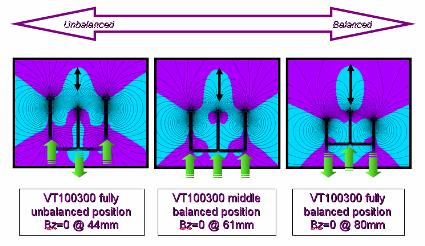
Three positions for VTech magnetron showing levels of balance/unbalance.
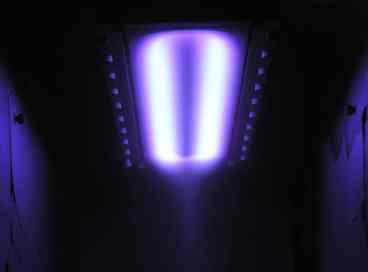
Rectangular magnetron showing unbalanced effect with high ion bombardment
Anode effect
The position of the anodes with respect to the target has a strong influence on the ion bombardment of the substrate. The anodes can interact with the plasma to increase or decrease ion bombardment. The anode position is always specific to each design since the interaction can be detrimental or beneficial depending on process requirements.
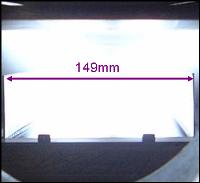
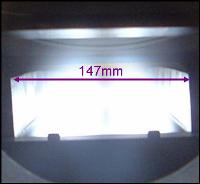
Control of ion bombardment by anode interaction
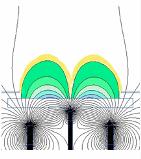
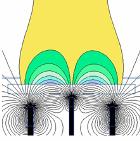
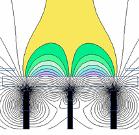
Variation in magnetic field for VTech magnetron
As the magnetic field varies, so does the anode interaction. In the picture above, as the magnetron becomes more unbalanced, the interaction with the field decreases and a gap appears between the edge of the anode and the last magnetic field line confining the plasma. This has implications, for example, in the stability of non-conducting oxides. The level of ion bombardment increases from left to right.
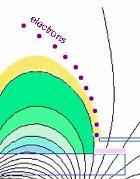
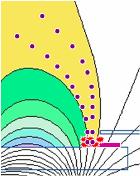
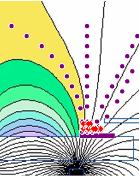
Upcoming Events

- 14-16 April 2026 - Heat Treat Mexico
- 25-30 April 2026 - SVC Techcon
- 19-21 May 2026 - R2R Conference USA
- 20-21 May 2026 - Vacuum Technologies for Tomorrow
- View full list >

